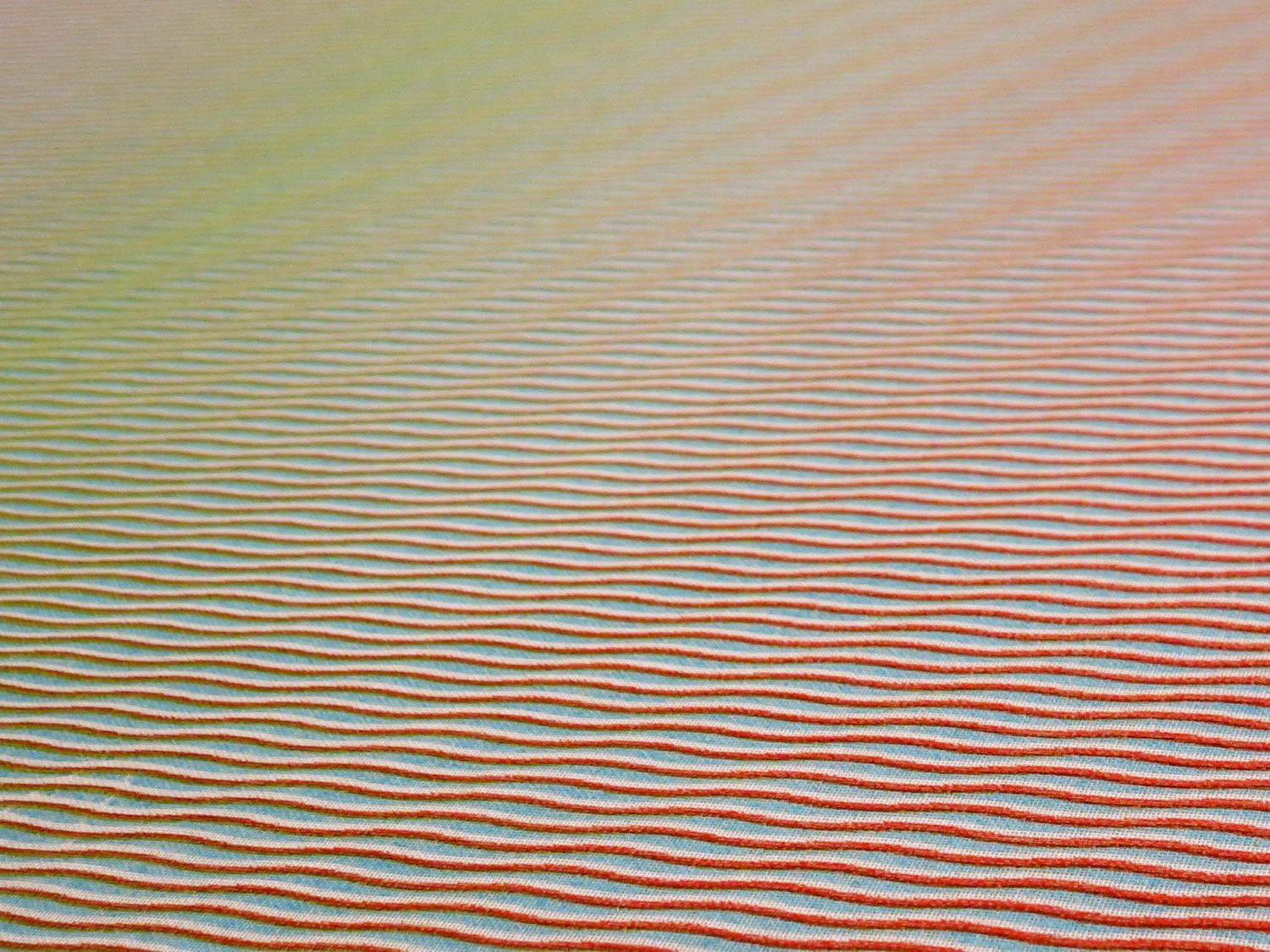Top photo: Tronhjem Rømer
Display of colours and shapes
The textile scene is bubbling over with creativity and aesthetic exuberance. Everywhere, people are taking up textile art and crafts – in professional workshops, user-driven maker spaces and living rooms. At the sublime end of the artistic spectrum, textile artist Louise Sass is currently exhibiting in Bygning A at A. Petersen, presenting The Colour Comes From Inside with works from 1989 to 2021. The patterns and abstract compositions are a riveting visual tour de force of colour intensity manifested in exquisite forms. The PH 5 pendant lamps from Louis Poulsen colorized by Louise Sass contribute to the story about how textile designers have also taken on industrial design tasks throughout history.
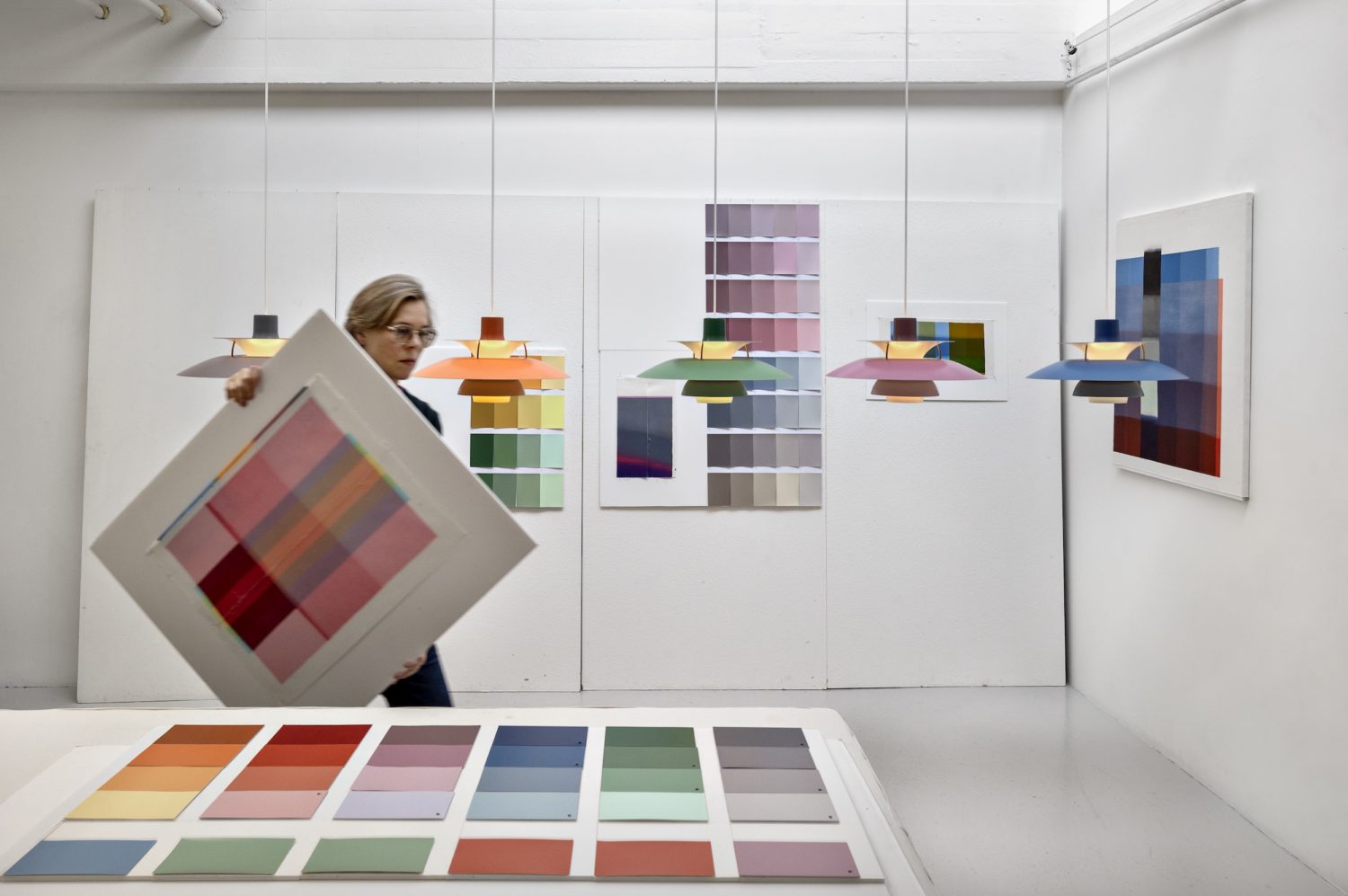
Textual fabric, woven narrative
The current textile trend ranges from functional objects, such as rugs, tablecloths and room dividers, to unique individual works of art that cut across aesthetic categories. Knit artist and designer Marianne Møller-Johnstad recently published Tilblivelser – i og af et sorglandskab (Creations – in and of a landscape of grief) (2022) based on textile works.
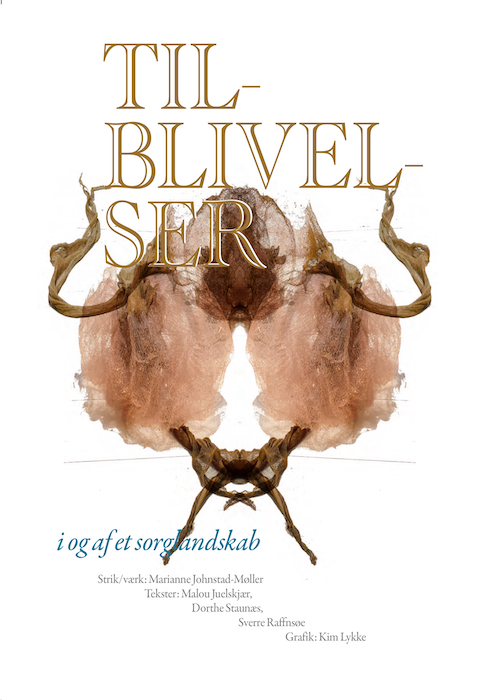
Innovative signal
Other young makers moving into new textile territories include the highly talented design duo Tronhjem Rømer, aka Trine Tronhjem and Liv Marie Rømer. Textile printing is alive and very well indeed, as clearly demonstrated by Tronhjem Rømer. The two designers develop their patterns in a digital process and translate them into analogue hand-printed serigraphs. In the exhibition Color Occurence at Officinet in Copenhagen they created an atmospheric display with featherlight room dividers, accompanied by a rare sight in textile art: minimalist, ultramodern light sculptures.
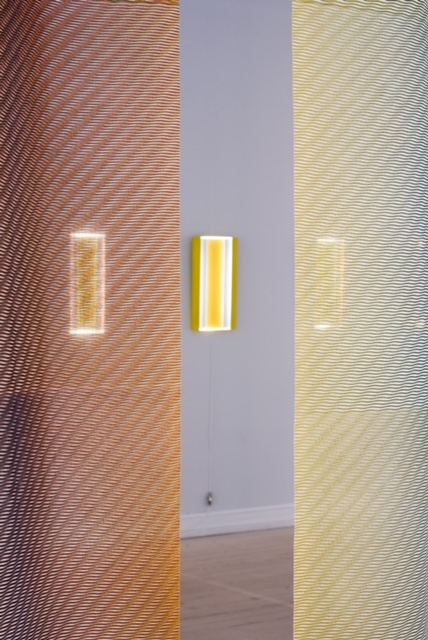
Welcome to rope and fishing nets, metal and acrylic
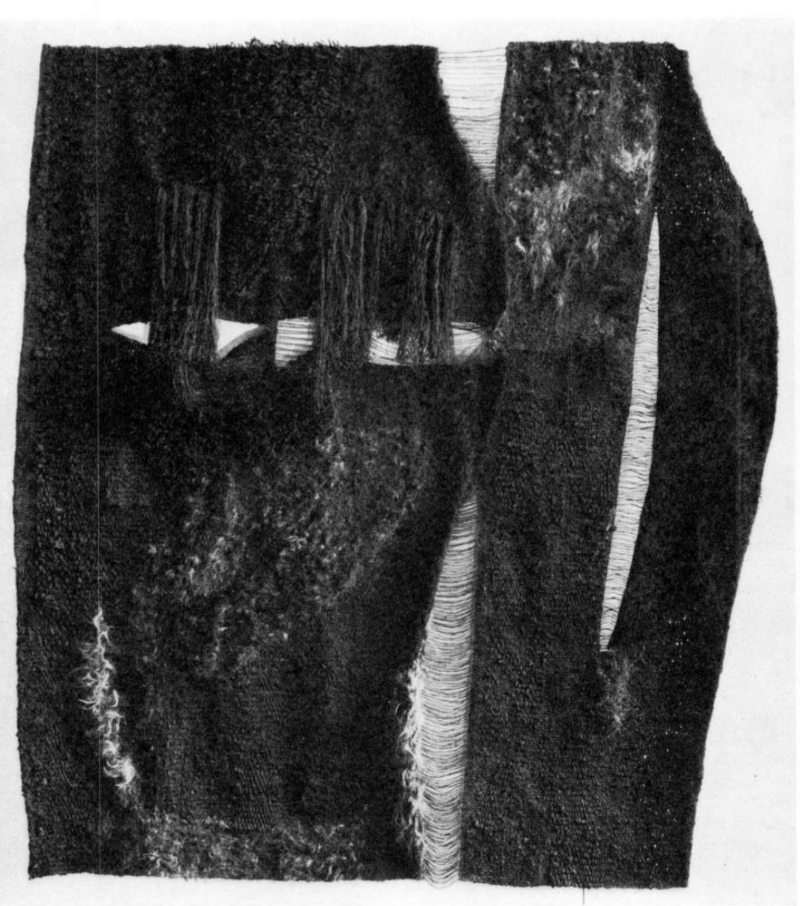
1980s punk and postmodernism
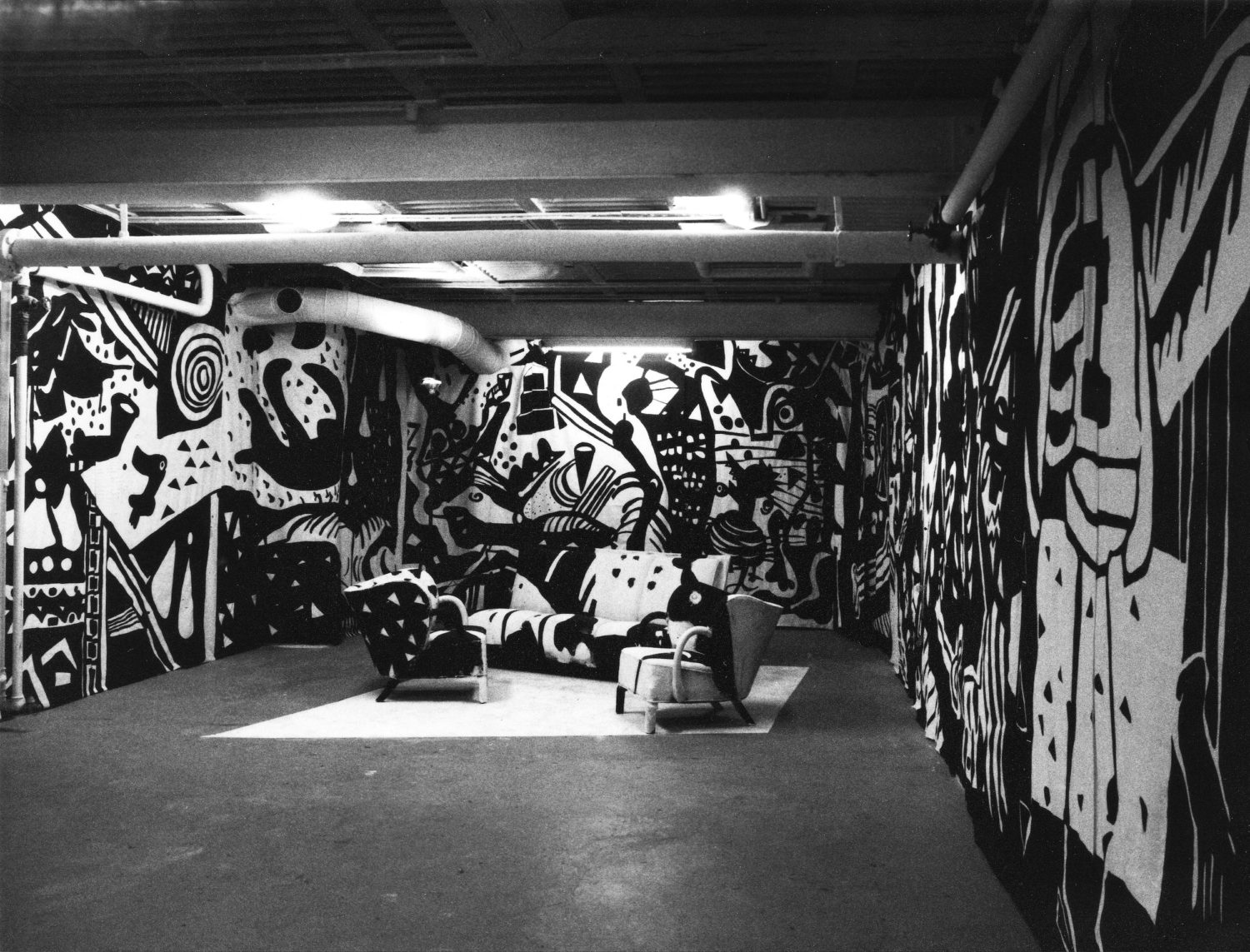
Forward-looking techno-textiles
Even back then, Riisberg was a digital first-mover, who linked computer technology with textile and printing and pulled the rug out from under the notion of unique pieces. Later, several prominent textile designers have joined the techno track, and by now, this field is a natural aspect of the craft. Martin Nannestad Jørgensen uses the computer as a sketching tool before bringing out the textural qualities in hand-weaving tapestries as tall as a person. Grethe Sørensen’s pixellated pointillism and Astrid Krogh’s forward-looking techno-textiles from the 2000s are in a league of their own. In decorations for the Danish Parliament and Mærsk Data, Krogh draws on inspiration from kilim rugs and uses neon as thread in a reflection on the history of light.
We are currently seeing highly diverse interpretations of textile in a wide range of styles, materials and media revitalizing history in glimpses. This latest renaissance represents a textural, sensuous and user-engaging breakthrough into the social sphere, where everyone can – and want to – take part. Contemporary textile art is as vibrant as ever and will undoubtedly be rediscovered and continued sometime in the future as the exciting and creative chapter in Danish design history during the 21st century.
More knowledge in the Archive
Search the archive for additional knowledge.
Det danske designboom – det nye design af Lars Dybdahl (side 10-12)
Dansk Kunsthåndværk 2002 nr. 1
Eller; Neon af Tine Nygaard. Artiklen handler om Astrid Kroghs udsmykning i Folketinget.
Dansk Kunsthåndværk 2003 nr. 3
At væve i en digital tidsalder af Martin Schultz.
Dansk Kunsthåndværk 2005 nr. 5
Theme
You only need to look carefully at any piece of textile to see the theme of this issue of Formkraft: fibres + connectedness = textile.
Whether fibres are being spun, woven, crocheted, knitted, braided or felted, the purpose is the same: binding a vast number of tiny fibres close together in formations that now suddenly possess new potential and capacity. The loose fibres become fabric, knitting, felt or mesh, which in turn becomes clothing, sails, fishing nets and upholstery – among many other objects.

